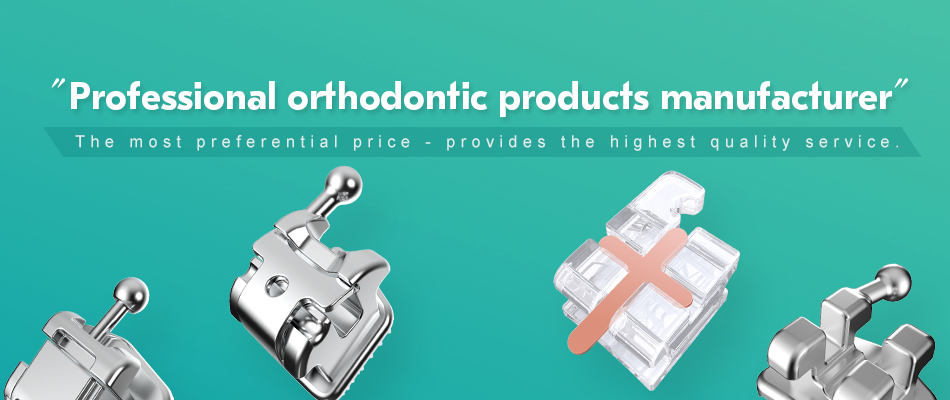1. Product definition and basic characteristics
The Elastic Chain is a continuous elastic device made of medical-grade polyurethane or natural latex, featuring the following core characteristics:
Length: standard 6-inch (15cm) continuous loop
Diameter: 0.8-1.2mm (before stretching)
Elastic modulus: 3-6 MPa
Color series: transparent/grey/colored (12 options available)
II. Mechanical action mechanism
Continuous light force system
Initial force value: 80-300g (varies by model)
Force decay rate: 8-12% per day
Effective action period: 72-96 hours
Three-dimensional control capability
Horizontal direction: gap closing (0.5-1mm/week)
Vertical direction: teeth pressing in/extending out
Axial: Torque assist adjustment
Biomechanical advantages
The friction force is reduced by 60% compared to the ligation wire
The stress distribution is more uniform
Reduce the risk of root resorption
III. Clinical core functions
Gap management expert
The efficiency of closing the extraction space has been improved by 40%
Reconstruction of adjacent surface contact is more compact
Prevent unintended tooth movement
Tooth movement guidance
Precise control of movement direction (±5°)
Differential movement implementation (different rates for anterior and posterior teeth)
Rotation correction assistance
Anchorage protection system
Decentralized orthodontic force
Reduce anchorage loss
Maintain stability of the midline
IV. Model Selection Guide
Model Ring diameter (mm) Applicable force value (g) Best indications Replacement cycle
Ultra-light 0.8 80-120 Fine adjustment/Periodontal disease 2-3 days
Standard type 1.0 150-200 Regular gap closure 4-5 days
Enhanced type 1.2 250-300 Molar distalization/strong anchorage demand 7 days
V. Special application scenarios
Opening and closing correction
Vertical traction (between 6-6)
Coordinate with the flat guide plate
Press in 1-1.5mm every month
Midline adjustment
Unilateral reinforced traction
Asymmetric force value design
It can correct 0.3-0.5mm per week
Around the implant
Gentle and continuous force (<100g)
Antibacterial rubber chain
Avoid disruption of osseointegration
VI. Clinical operation specifications
key points of installation
Use a dedicated pliers to stretch
Maintain a pre-stretching degree of 30-50%
Avoid sharp angle bending
Force control
Anterior teeth area ≤150g
Posterior region ≤ 200g
Regular testing of force measuring instruments
Prevention of complications
Gum irritation (incidence rate 15%)
Plaque accumulation (daily rinsing)
Elastic fatigue (regular replacement)
VII. Direction of technological innovation
Intelligent response type
Temperature adjustment force value
Shape memory function
Clinical application: orthodontic treatment before orthognathic surgery
Drug slow-release type
Fluoride-containing caries prevention type
Anti-inflammatory and analgesic type
Promote periodontal tissue regeneration
Environmentally friendly degradable type
6 weeks of natural degradation
Corn starch substrate
Carbon emissions reduced by 70%
VIII. Expert usage suggestions
“Rubber chains are the ‘invisible assistant’ of orthodontists. Suggestions:
Initial use of standard type
Check the force decay every 3 days
Combined use in complex cases
“Cooperate with the digital monitoring system”
– Technical Committee of the Asian Orthodontic Association
Power chains, with their unique elastic mechanical properties, fulfill an irreplaceable three-dimensional control function in orthodontic treatment. With the advancement of material science, the new generation of products, while maintaining classic functions, is moving towards intelligence and functionality, continuously providing reliable support for precise orthodontic treatment. Proper selection and use of rubber chains can increase the efficiency of orthodontic treatment by more than 25%, which is an important guarantee for achieving ideal occlusion.
Post time: Jul-25-2025


